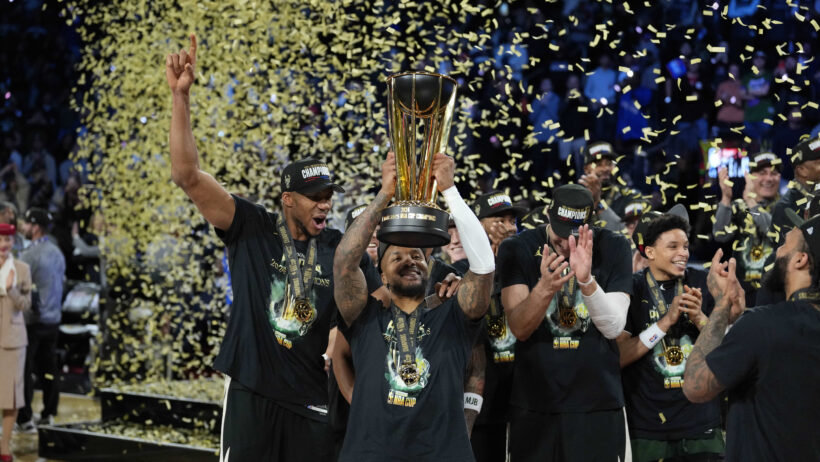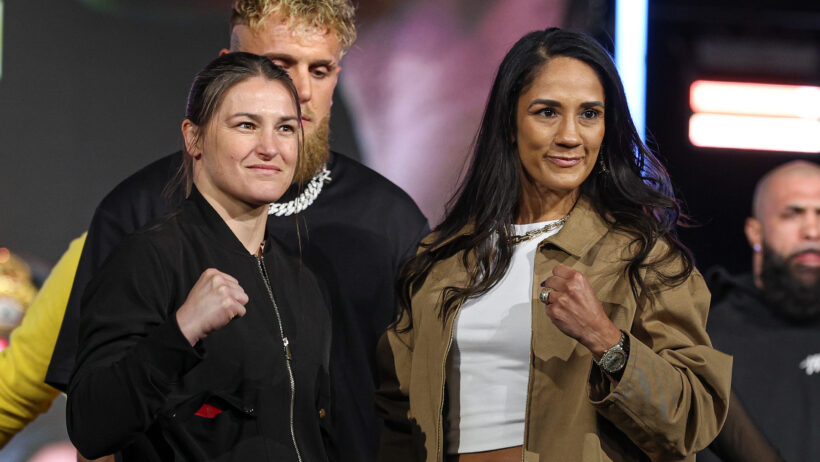How and Why the Line Moves: Insight From Professional Bettor Anthony Best

When sportsbooks unveil their lines to bettors, bookmakers set their lines based on a wide variety of factors. They use highly-guarded proprietary systems (both qualitative and quantitative) to establish the opening lines and the odds attached to them. But how (and why) do the odds change?
There are, of course, some basic principles behind line movement, but things get pretty murky.
That’s why we asked Anthony Best, a veteran professional handicapper, for insight into how bookmakers arrive at their numbers and how to beat them. The answer as to what really moves the needle might surprise you.
Read on to absorb the insights of a real sharp, and get a leg up on bookmakers!
How Bookmakers Set Initial Lines and Why They Move
Before we dive into minutiae, it’s necessary to brush up on precisely what bookmakers hope to accomplish when they set their lines and odds. There are some basic principles behind why lines and odds are moved.
What We Know About Setting Lines
It’s common knowledge that bookmakers pay attention to certain key basics. Obviously, they factor in each team’s history, record, injuries, home and away records, as well as sport-specific advanced analytics.
Beyond these basic guiding principles, however, there isn’t a ton of public information about how bookmakers generate lines.
What’s an Ideal Initial Line for a Bookmaker?
It’s well-established that, in an ideal situation, a bookmaker will do everything they can to attract equal action on both sides of a line. There’s juice (or vig) on every line, usually running between 5-10%. In a perfect world, bookmakers would attract perfectly equal action on both sides of a line, and simply collect the vig.
This doesn’t often happen in practice, as equal wagers on both sides of a line are extremely rare. Bookmakers have a few tricks up their sleeve to encourage equitable action on both sides of a line.
What Do We Know About Why Bookmakers Move the Line?
Bookmakers use the basic principles of supply and demand when adjusting lines and odds.
If bookmakers don’t get enough supply (betting volume), they’ll take steps to artificially boost the demand for the other side of the line. By adjusting the line, bookmakers try to encourage action to make it more attractive for bettors. Ideally, an increase in demand on the other side of the line results in greater betting volume.
For example, if they wanted to get more action on the favorite, bookmakers might move the spread from -7.5 to -6.5 (or shift the odds from -120 to -115).
If the betting volume becomes greater than what the sportsbook and/or oddsmakers are comfortable with, they artificially reduce demand and make the line or odds less desirable. A reduction in demand results in lower betting volume.
In this scenario, they might move the spread for the favorite from -7.5 to – 8.5 (or shift the odds from -120 to -125).
Now that you’ve brushed up on the basics, let’s hear what Anthony Best had to say about line movement, and how to capitalize on it!
Pro Bettor Anthony Best Sheds Light on Line Movement
The following Q&A is based on an SBD phone interview and has been edited for both length and clarity. You can read our more extensive conversation with Anthony Best as part of our Betting Scams Guide.
SBD: So Anthony, how does the betting line move? And do professional bettors like yourself beat the bookmakers?
AB: To begin, linesmakers and bookmakers tell everyone they are only interested in making 10% vigorish (“vig” or “juice”) for brokering or booking the action.
This way, they assume no risk. They don’t care who wins or loses. They just want a lot of handle or bets. This is what they once did and maintain that they still do.
However, it’s partially untrue. Now, since the action isn’t always totally balanced anyway, they are out to beat you! That being said, an ideal scenario for bookmakers is still getting equal action on both sides of the lines, as this does indeed guarantee them a profit.
SBD: What exactly do you mean it’s partially untrue that bookmakers don’t care who wins or loses?
AB: In many ways, its analogous to walking up to a craps table. At the table, odds are posted clearly on the felt, including all the large house advantage bets like the field, or snake eyes, or boxcars.
However, the only bet the house has no advantage on – and pays out true odds for – is when you play the odds behind the pass line. These odds aren’t advertised anywhere; you have to just know to do it. The same is true of betting on sports.
See, let me explain how it works. There are a few guys who have a formula, and they’re the linesmakers. They use statistics to predict what the actual spread in the game will likely be. Let’s say it’s the favorite laying, minus -7.
So, the linesmaker will send this number to the bookmaker for them to use as a point spread. Now, what the house and bookmakers try to do is post that point spread, hoping that it balances the action so they can take out their 10% vig. As such, no matter who wins, they collect 10%.
As I mentioned earlier, a handful of known professional handicappers and bettors who have a somewhat different formula (and some handicapping expertise, apart from just the raw linesmaker data), will try to find value in that point spread and bet accordingly.
Anyway, the pros put down some “early” or “smart” money. Afterward, the house adjusts that number accordingly. Between that time and the game, the media will give their opinion. This then influences the public and the line—like a barometer moves.
SBD: So you think it’s the professional bettors – and their early money – that really moves the needle on the line and the odds initially, but then it’s the public that moves it?
AB: Yes, exactly. The day of the game is when most of the public places their bets. This is when you really see the line move, based on who the public and fans like.
Then, the pros will come in again with what’s called “smart” or “late” money. Again, they will normally take any spread which seems “off” to them or any handicapping angle they like. Sometimes, they’ll just play against the public.
In fact, most every competent professional usually takes the underdog, while the public typically bets the favorite. That’s why they’re the favorite. And just like the media, 90% of the public is wrong 90% of the time. The only people who win are the house and a handful of pros.
Now, the biggest difference is that the bookmakers no longer just try to balance the action. They try to beat the public. This is done by posting a point spread which is skewed against the player.
SBD: How does this work in practice?
AB: Say if you look at [the line] objectively, it’s really a -7 and the house knows it. Of course, most of the time, the house does indeed know what the real line is.
Say the favorite is a popular team that the media and public will be highly likely bet on. Bookmakers may open the line at -10.
They do this because the public doesn’t accurately factor into the point spread. Then, of course, there’s the media, which fuels the public’s foolishness. That line may even go up from -10 to -13. The role of the media can’t be understated in fueling the way the public bets; they’ve got an outsized impact.
All the while, the more the line goes in one direction, the more the pros will invest and bet on the other side.
SBD: What does all this mean for professional bettors like yourself?
AB: Things are definitely different than they once were. I’d say that, from the pro’s point of view, the most significant change is not only having to beat the player, but also having a better formula and line (and better strategies) to also beat the house.
How to Use This Knowledge to Grow Your Bankroll
Understanding what drives line movement and how oddsmakers shift is integral to any intermediate or high-level sports betting strategy. Professional bettors like Anthony Best anticipate and bet against the public to get the most favorable numbers, and he would likely think that chasing steam sports betting is a prudent move for bettors.
The importance of understanding and anticipating how the line moves doesn’t end there. For intermediate level strategy, your ability to successfully shop lines at online sportsbooks will improve dramatically if you can anticipate how the lines are going to fluctuate. In regards to sharp high-level strategy, understanding how and why the line moves is integral to arbitrage betting, too.
Sports bettors can learn a lot about how to beat the bookmakers by studying the fundamentals of investing and playing the stock markets. Line movement often mimics price discovery in Initial Public Offerings. To learn more, check out our article where we compare the stock market to sports betting.

Evergreen Writer/Editor; Sportsbook Expert
With nearly two decades of experience in sports media, Paul Costanzo turned his professional attention to sports betting and online gambling in January of 2022. He's covered every angle of the industry since then, managing and creating content for PlayMichigan and The Sporting News, and now SBD.



